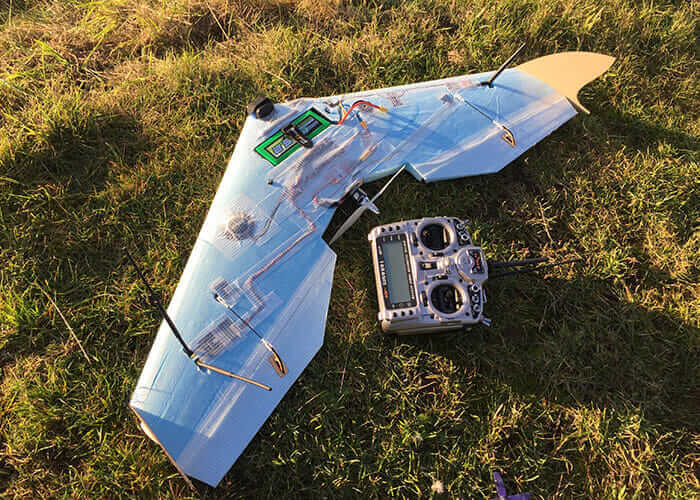University of Warwick fourth year students have developed an Unmanned Aerial Vehicle (UAV) to aid in mountainside rescue as part of the UK government sponsored program Horizon (AM), which aims to encourage the advancement of 3D printing in aeronautics.
Regulative barriers
The UAV’s main function is to deliver vital supplies on mountain rescue missions. As such, the goal for the drone is a payload of about 5 kilograms and an 80 kilometer range – much further than UK regulations allow.
Current legislation requires drone operators to keep their vehicle in line of sight, severely limiting the use of the devices in rescue operations. However, The National Air Traffic Control Service recently announced that it will allow drones to be flown beyond the line of sight. The new regulations will enable many new UAV applications by creating an airspace for drones to operate in, something eagerly awaited by companies, such as Amazon, wishing to tap the commercial potential of the vehicles.

Light weight, custom parts with 3D printing
Award winning Autodesk Fusion 360 software was used to design molds for the UAV’s fuselage, which were then printed on a large format 3D printer. Ed Barlow, who has now graduated, was the project’s design lead. 3D printing provided a clear advantage, “We needed our own custom airframe, made specifically for long-distance flight with a heavy payload,” comments Barlow.
“We went with a blended-wing body, or ‘flying wing,’ where the fuselage is built into the wing such that the fuselage, as well as the wings, generate lift.”

The first prototype was made of foam and only survived flight for 21.2 seconds. It was too heavy and for the amount of lift it generated to fly at the low speeds required for the team to track it. Later models generated more lift with a larger 2.2 meter wingspan, and used 3D printing to create reusable molds to cast a lightweight resin-infused carbon fiber.
Carbon fiber challenges
The shape of the parts made carbon fiber infusion challenging. “We used liquid-resin infusion, which is under vacuum. You apply a vacuum to your carbon fiber on the mold, and then you inject resin into it under the vacuum,” explains Barlow, “That’s generally done on a much bigger scale, with much easier geometric parts than we were using, so we had to invent a lot of really cool tools to do it.”
Full details of some of the tools invented for the process remain under a non-disclosure agreement, signed between Warwick and GKN Aerospace that has expressed a desire to commercialize some of them.

Drones to the rescue
The intersection of 3D printing and life saving drones is beginning to be realized. Team ROK in Japan have been trialling 3D printed drones for use in disaster response to deliver life saving supplies, which can often be difficult in remote regions or where infrastructure has been damaged.
Telescoping robots have also been conceptually assessed for their life-saving capabilities through 3D printed models at Carnegie Mellon University.
Vote now in the 2018 3D Printing Industry Awards.
For all the latest 3D printing news – subscribe to the 3D Printing Industry newsletter, follow us on Twitter, and like us on Facebook.
The 3D Printing Industry Jobs is live. Post a job or discover your next career move now.
Protolabs is sponsoring the 2018 3D Printing Industry Awards design competition. Submit your entries now with the chance of winning a 3D printer.


